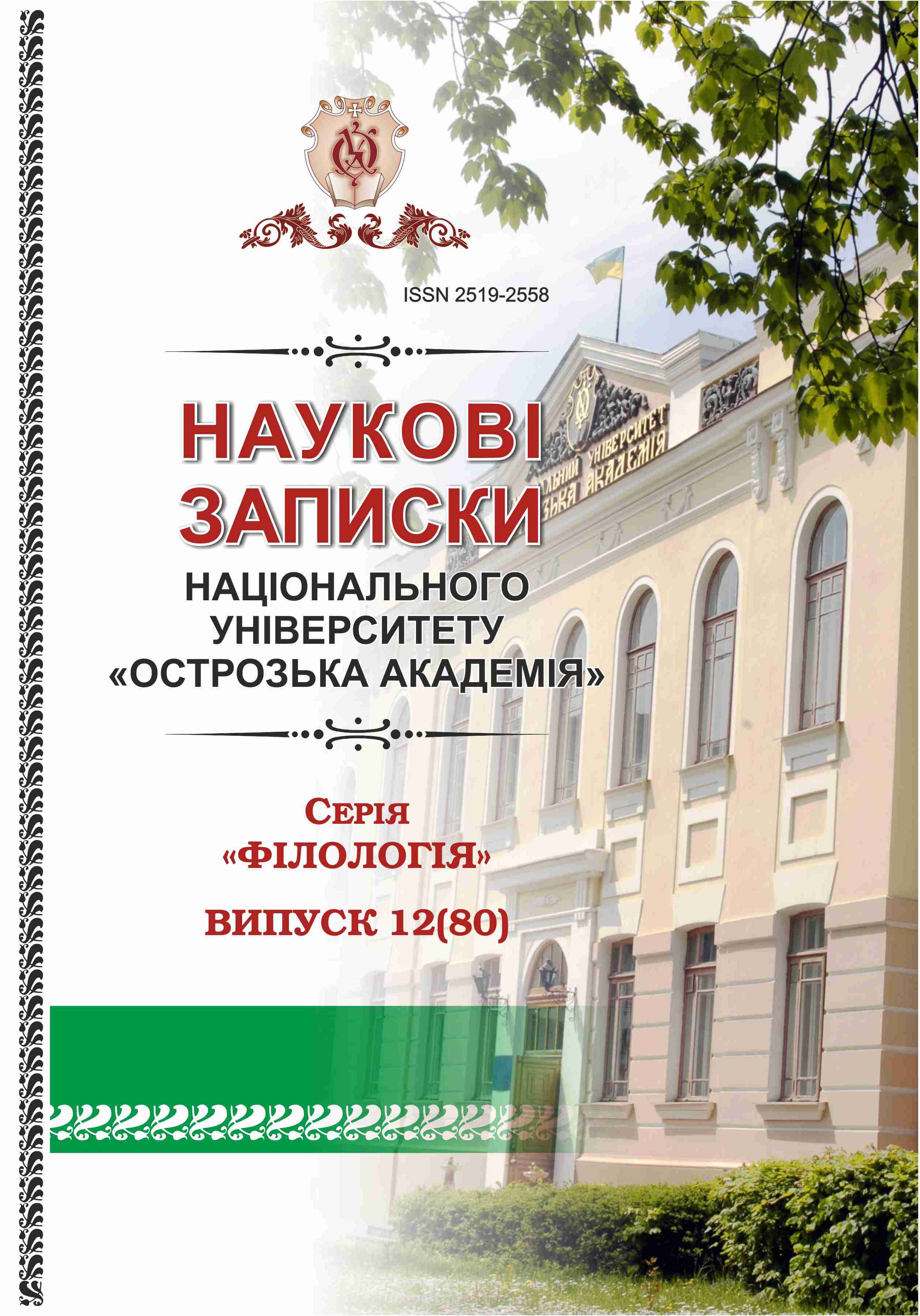THE HISTORY OF COSSACK UKRAINE IN DRAMATIC GENRE FORMS OF THE 18TH CENTURY
Keywords:
Cossacks, historiosophy, Cossack Ukraine, school drama, dialogue, interlude, vertep dramaAbstract
Recent scientific intelligence has led to an understanding of the ambiguity of the phenomenon of Cossack Ukraine which is presented in the texts of dramatic works of the XVIII century, which formation was influenced by the specificity of Ukrainian-Russian relations, complex inter-confessional relations and the heterogeneous nature of dramatic genre forms themselves. The study of the dramatic works of the late Baroque period is important and relevant considering revealing the authors' manifestation of their own national identity there, for the representation of which created by the artists of the XVIII century artistic model of the historical fate of Cossack Ukraine played a significant role.
On the basis of historical-literary and contextual methods of research, an attempt was made to take into account in these texts their ideological message, inscribed in the traditional baroque dramatic genre forms of school drama (anonymous "Grace of God"), secular verbal dialogue ("Conversation between Velykorossiya and Malorossiya" S. Divovych), humorous interludes to school dramas and traditional Christmas vertep.
The conclusions emphasize, that the references of the authors of dramatic works of the XVIII century to the history of the Cossack state, the creation of the cult of Bohdan Khmelnytsky, the image of the Cossack as a defender of the people in the context of sharpening Ukrainian-Russian relations was a topical theme of Ukrainian dramatic creativity. The emergence of such works during the national decline can be interpreted as an attempt of patriotic part of the Ukrainian elite of the XVIII century to draw the public's attention to the problem of restoring Cossack conquests as a guarantee of preserving national identity.

